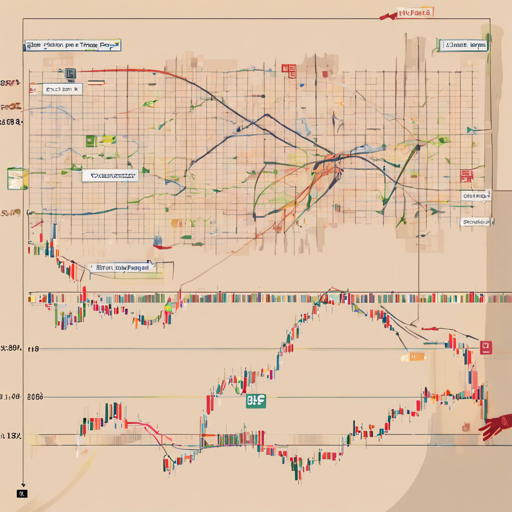Welcome to the world of trading! In this blog, we will explore the fascinating concept of Pairs Trading by harnessing the power of Python. This statistical trading strategy can turn financial theory into actionable insights. Let’s dive into how you can implement this strategy step by step.
Goal of the Project
The primary focus of our project revolves around breaking down Pairs Trading into manageable parts:
- Part 1: Creating a model that tests for stationarity.
- Part 2: Establishing a model that tests for cointegration.
- Part 3: Assigning a portfolio of assets and identifying a cointegrated pair from the dataset.
- Part 4: Creating features and labels that generate trading signals for our strategy.
Where to Find the Data
Data is the backbone of any trading strategy. For our project, we sourced historical financial data from Yahoo Finance. We will extract this data using the yFinance Python module.
Setting Up Your Environment and Tools
Before jumping into coding, it’s essential to set up your environment. Our project requires several essential modules, which you will need to install:
- Jupyter Notebook
- Numpy
- Pandas
- Matplotlib
- Seaborn
- Statsmodels
- Pandas DataReader
- DateTime
- yFinance (formerly known as Fix Yahoo Finance)
Ensure you set up a virtual environment and install the requirements.txt file before running the program.
Understanding the Code Through Analogy
Think of Pairs Trading like a dance between two partners. Each partner represents a financial asset. Just like in a well-rehearsed choreography, the movement between these assets should be synchronized.
1. **Stationarity**: The first step in our dance is ensuring both partners can maintain their rhythm. A stationarity test checks whether the price movements of both assets remain predictable over time, akin to a dancer’s consistent step pattern.
2. **Cointegration**: Next, we conduct a cointegration test, ensuring that despite temporary divergences in their performance, both partners eventually come back to dance together. This indicates that the assets move together in the long run.
3. **Portfolio and Pair Identification**: Our focus shifts to selecting the right dance partners after identifying suitable candidates to form a portfolio, ensuring that one partner complements the other beautifully.
4. **Trading Signals**: Finally, we construct features that act like cues in our dance. These features signal when it’s time to enter or exit the market, assisting in executing trades at the right moments.
Troubleshooting Your Work
As with any coding endeavor, you may run into obstacles. Here are some troubleshooting ideas to keep in mind:
- Check for any missing dependencies in your virtual environment.
- If you encounter issues with data extraction from Yahoo Finance, ensure you have the latest version of the yFinance library installed.
- In case of errors related to module imports, double-check your packages against the requirements.txt file.
- Last but not least, if trading signals do not function as anticipated, refine your feature engineering techniques.
For more insights, updates, or to collaborate on AI development projects, stay connected with fxis.ai.
Conclusion
At fxis.ai, we believe that such advancements are crucial for the future of AI, as they enable more comprehensive and effective solutions. Our team is continually exploring new methodologies to push the envelope in artificial intelligence, ensuring that our clients benefit from the latest technological innovations.
Now that you are equipped with the knowledge of Pairs Trading, it’s time to enjoy the dance of the markets! Happy trading!

